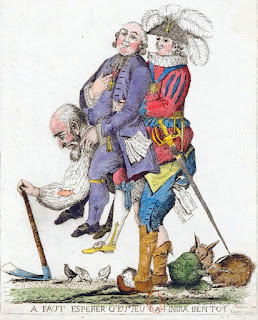Usage & Hazard Dice: How to Emulate Bookkeeping with Dice
In old D&D , you track the duration or quantity of items. For example, one torch lasts 6 turns; longterm spells often also last 6 turns; quivers can hold onto a certain number of arrows. When the timer runs out, your torch burns out or your spell expires; when you run out of arrows, you cannot use your bow anymore. One goal of contemporary rulesets has been to abstract these factors to avoid trivial bookkeeping during play. One method of abstraction is through random probability. Each resource, whether the duration of a torch or the number of arrows in a quiver, is depleted at a known or expected rate. Using random factors, i.e. rolling dice, one can emulate the depletion of those resources statistically rather than manually tracking resources at constant rates of depletion. Emulated Resource Consumption See: cascading dice, usage dice, risk dice, delta dice. One method of this is what has become known as the usage die. This term was popularized by The Black Hack (2016), whe...

